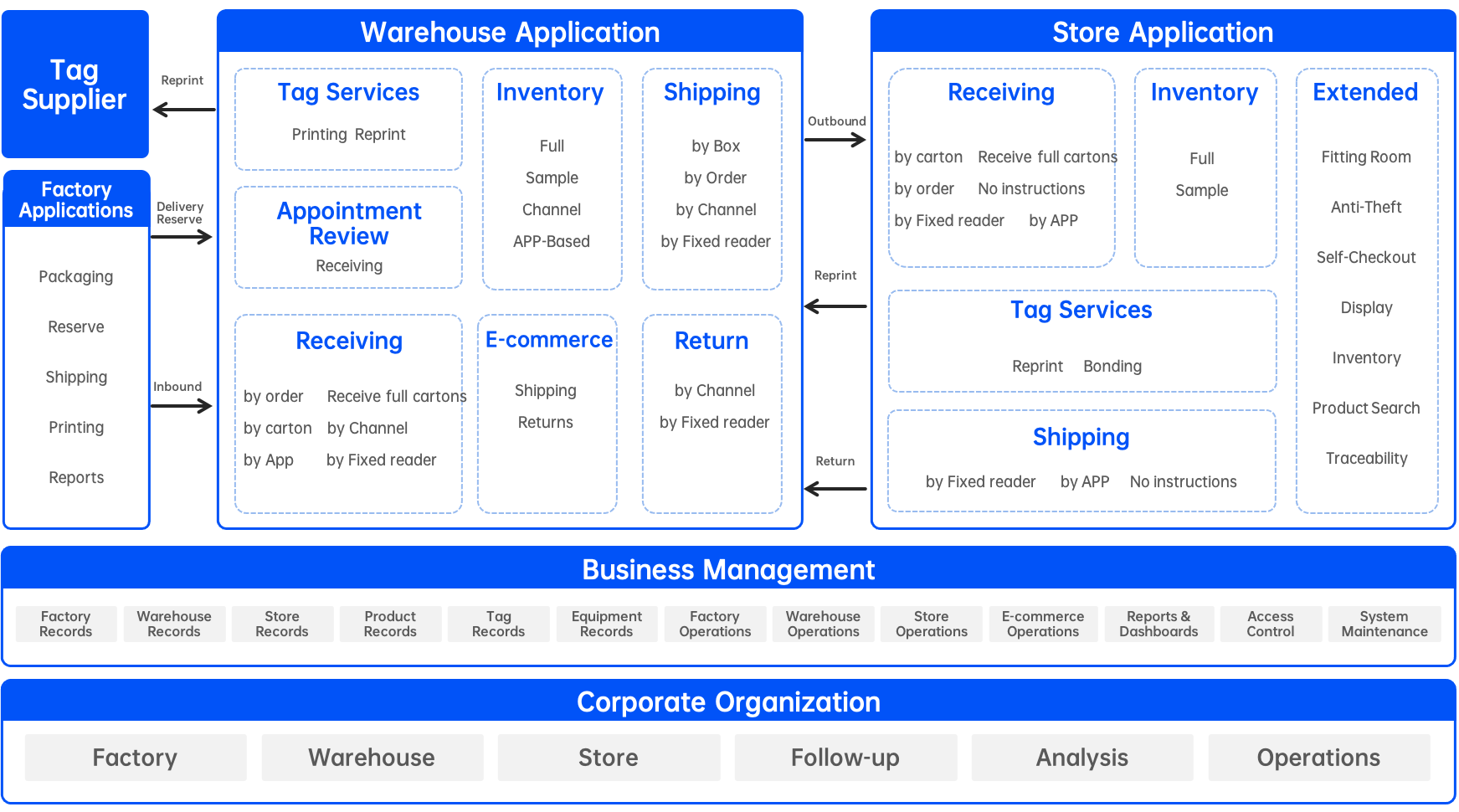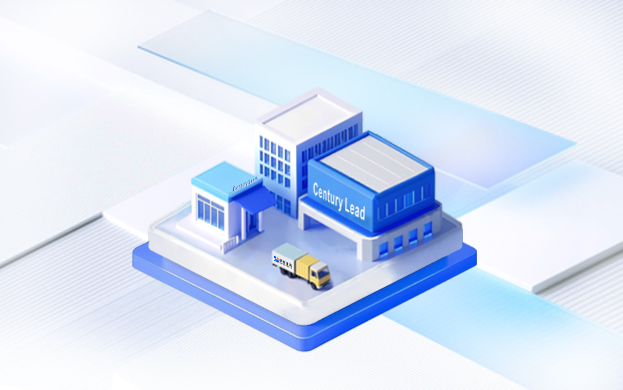Business Challenges
Inefficient Supply Chain & Crude Inventory Management
Pervasive Counterfeiting & Unauthorized Distribution
High Operational Costs & Labor-Intensive Processes
Limited Consumer Engagement & Insufficient Digital Services
Inefficient Supply Chain & Crude Inventory Management
The leatherware supply chain involves multiple stages from raw material sourcing to retail, yet traditional methods relying on manual records and barcode scanning face challenges in bulk reading, leading to delayed inventory updates that consume significant time and resources. These inefficiencies disrupt operations and frequently result in either overselling or stock shortages.
Pervasive Counterfeiting & Unauthorized Distribution
Premium leatherware (e.g., designer handbags, wallets) remains highly vulnerable to sophisticated counterfeiting. Modern replicas achieve near-perfect visual matches, making them indistinguishable through simple inspection or basic labeling – ultimately damaging the reputation of authentic brands. Compounding this issue, unauthorized cross-region sales by distributors continue to undermine pricing structures and brand credibility.
High Operational Costs & Labor-Intensive Processes
Leatherware retailers – particularly luxury boutiques – must conduct frequent inventory checks, loss prevention, and customer service activities. However, error-prone manual processes often lead to missed or duplicate scans, creating operational inefficiencies and inflated costs. The inability of sales staff to access real-time inventory or product specifications further impacts conversion rates.
Limited Consumer Engagement & Insufficient Digital Services
The leatherware industry traditionally prioritizes single transactions over ongoing customer relationships, missing opportunities for loyalty-building and value-added services. Lack of transparent product information (regarding materials, craftsmanship, etc.) leaves consumers without reliable authentication methods, while brands struggle to gather meaningful customer insights. Cumbersome after-sales processes – such as manual verification of purchase records for repairs – further diminish the potential for brand loyalty development.
Solutions
Unique Product Identity & Traceability
Link RFID tags to product data for accuracy and traceability.

End-to-End Data Infrastructure
Deploy RFID devices across production, warehousing, and retail for seamless coverage.

Smart Data Integration
Develop RFID systems for tag, warehouse, and store management, integrated with existing platforms.


Value Delivered
Factory:Data-driven workflows reduce stockouts and overstock.
Warehouse:Streamline inventory checks and reduce manual work.
Store: Faster operations save time and labor.

Omnichannel:Unify online and offline sales.
Supply Chain:Agile response to market changes.
D2C:Build trust through product traceability.

Consumer Behavior: Analyze RFID data for preferences.
AI Decisions:Enhance precision in planning.
Trend Leadership:Innovate for unique customer experiences.














